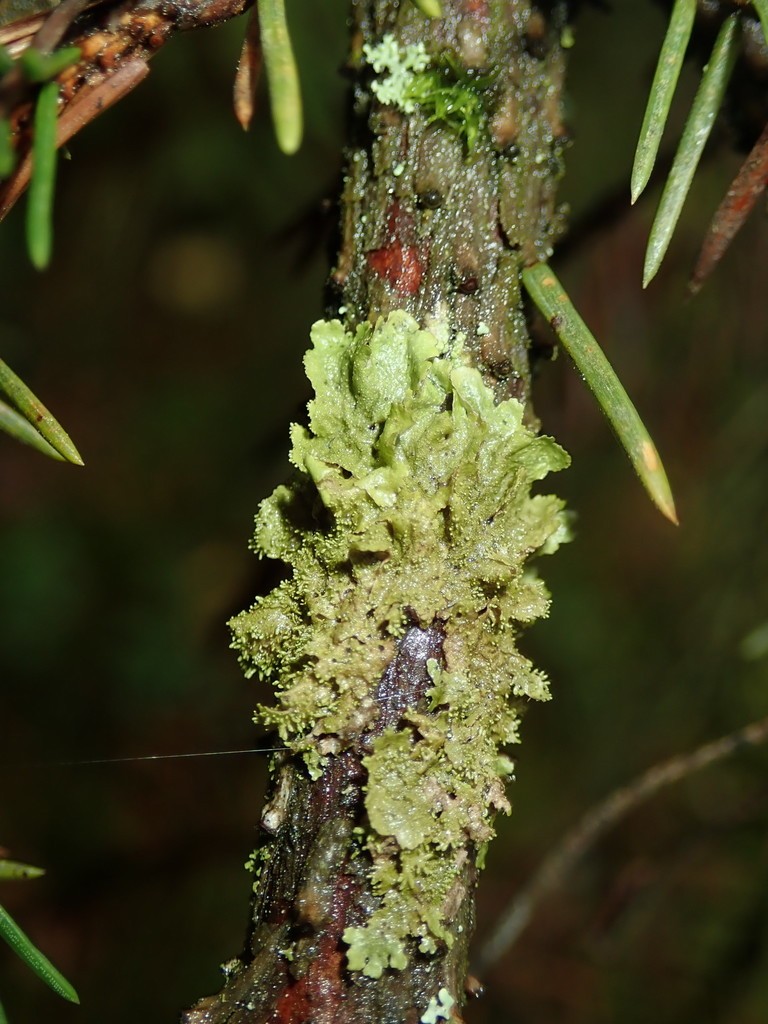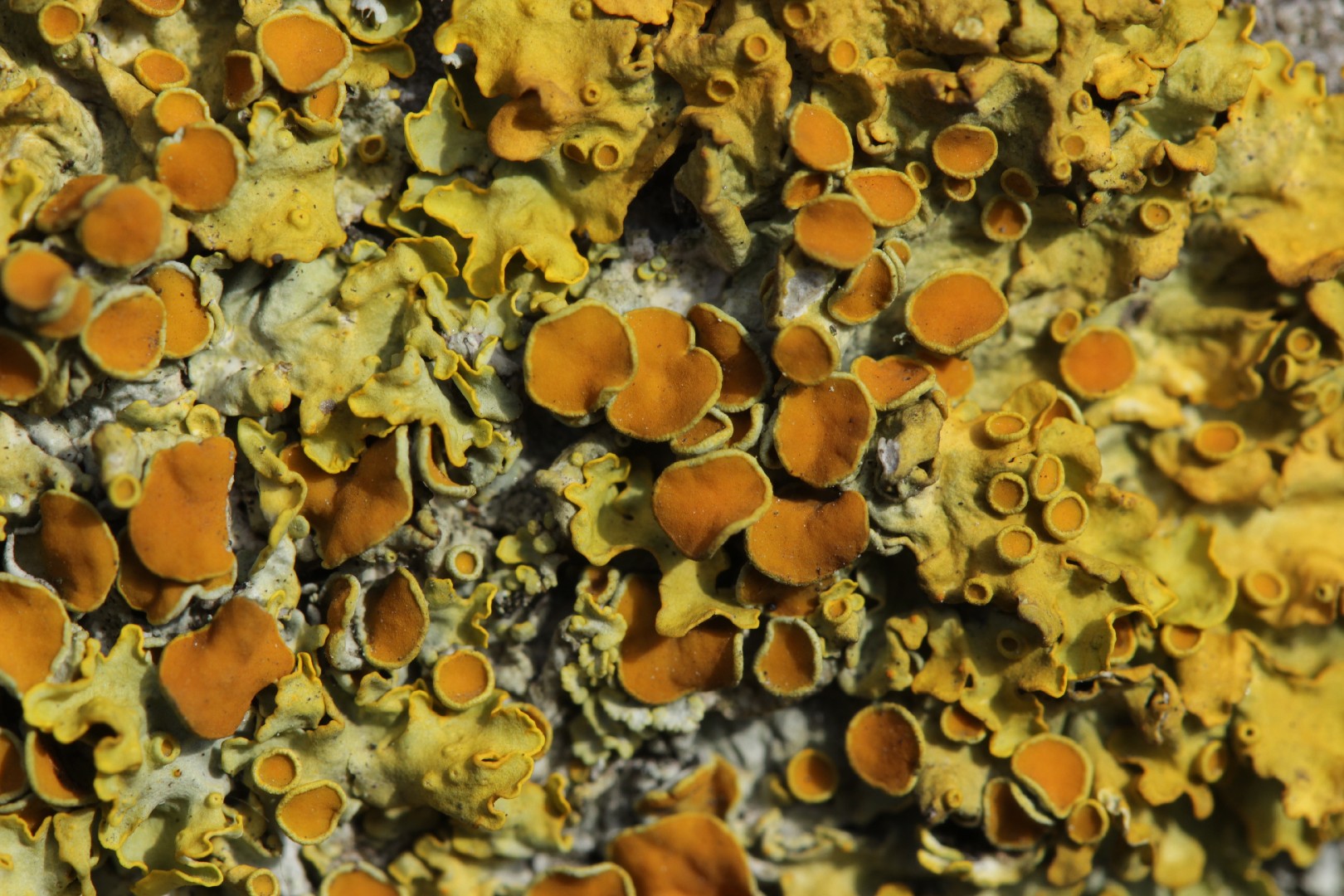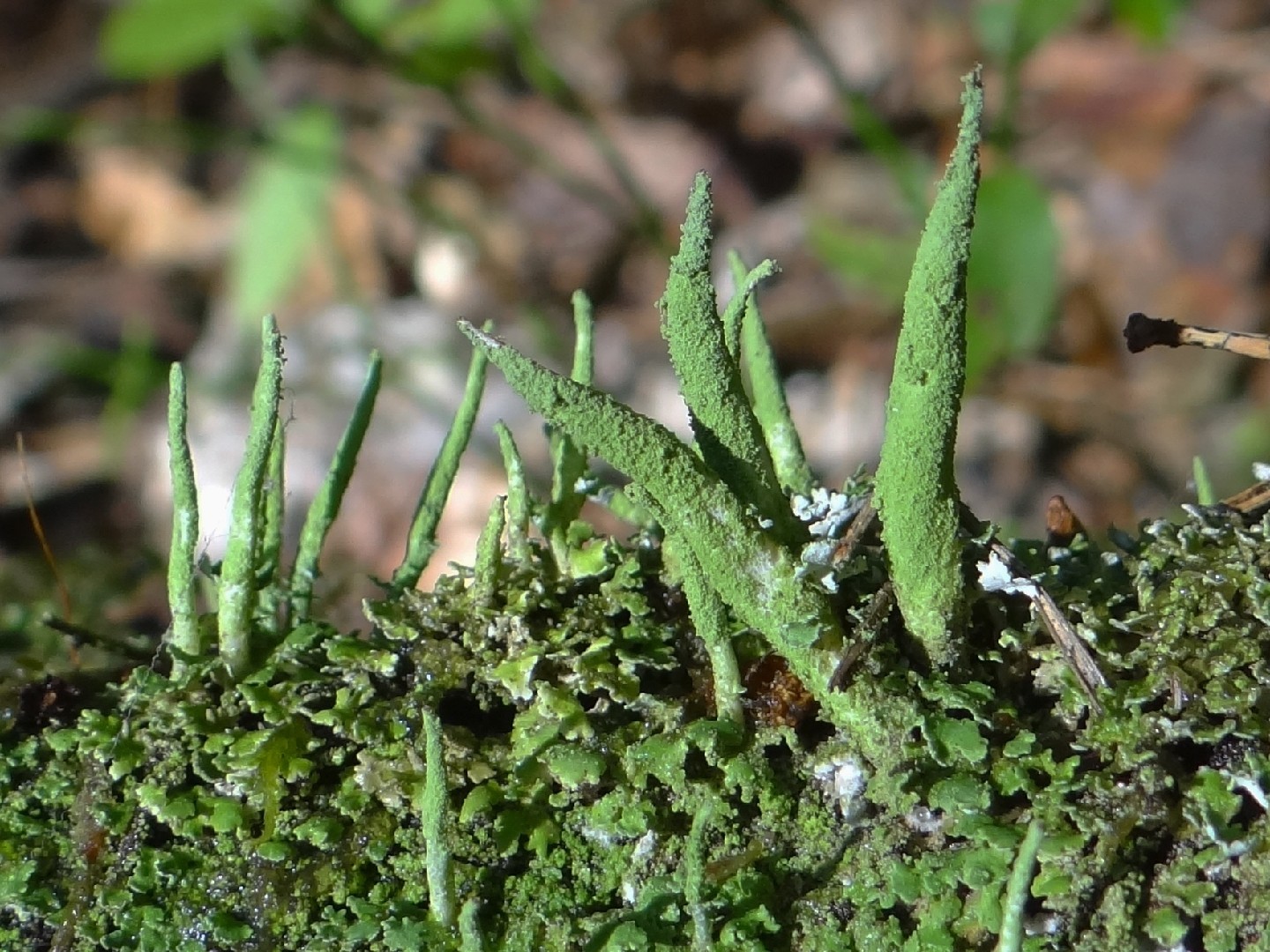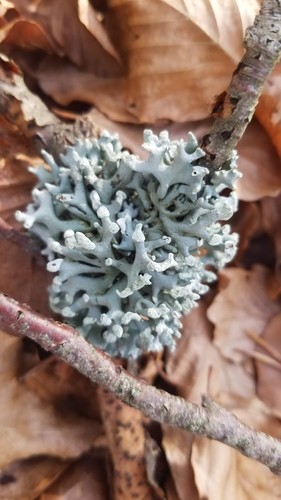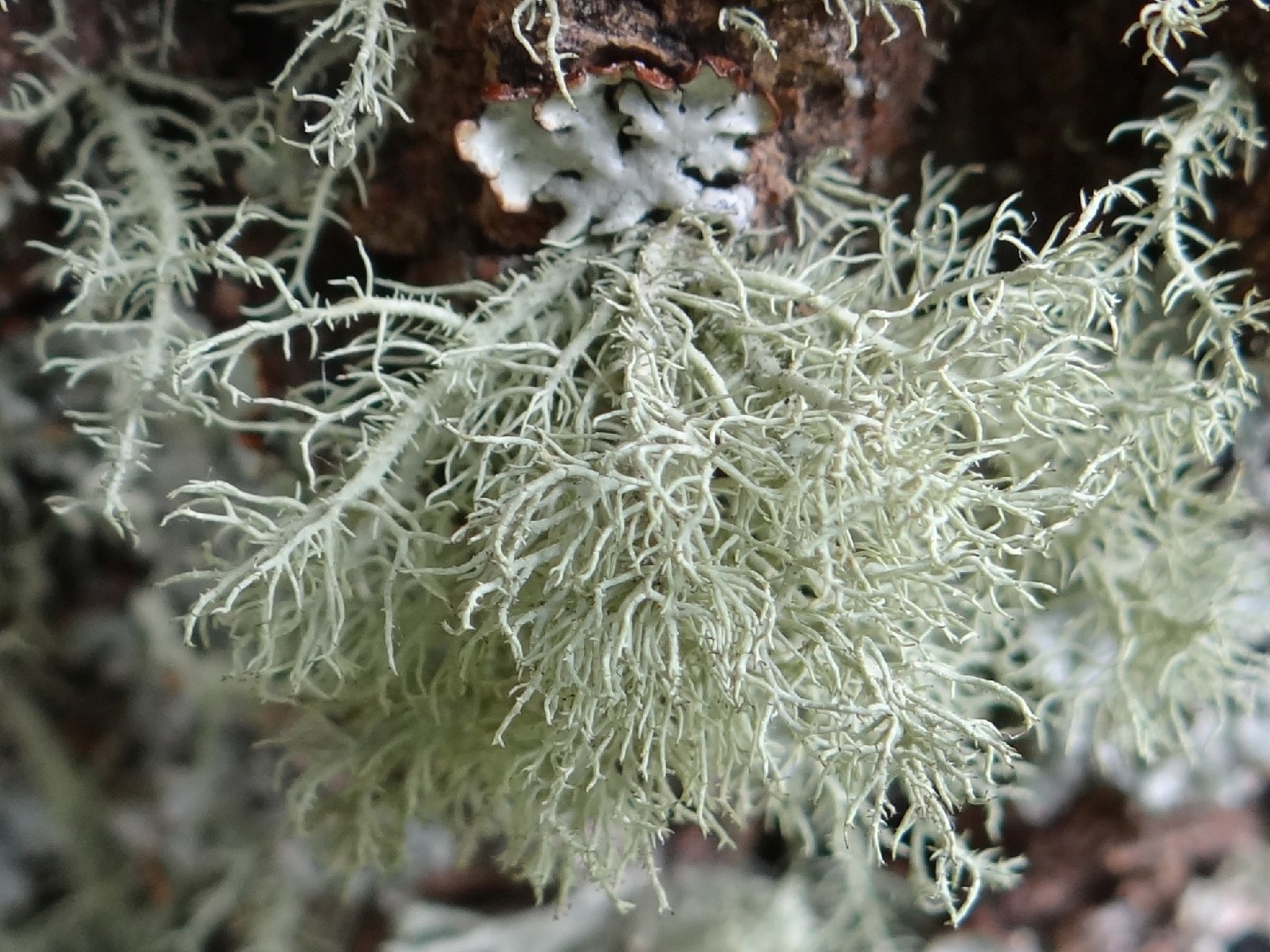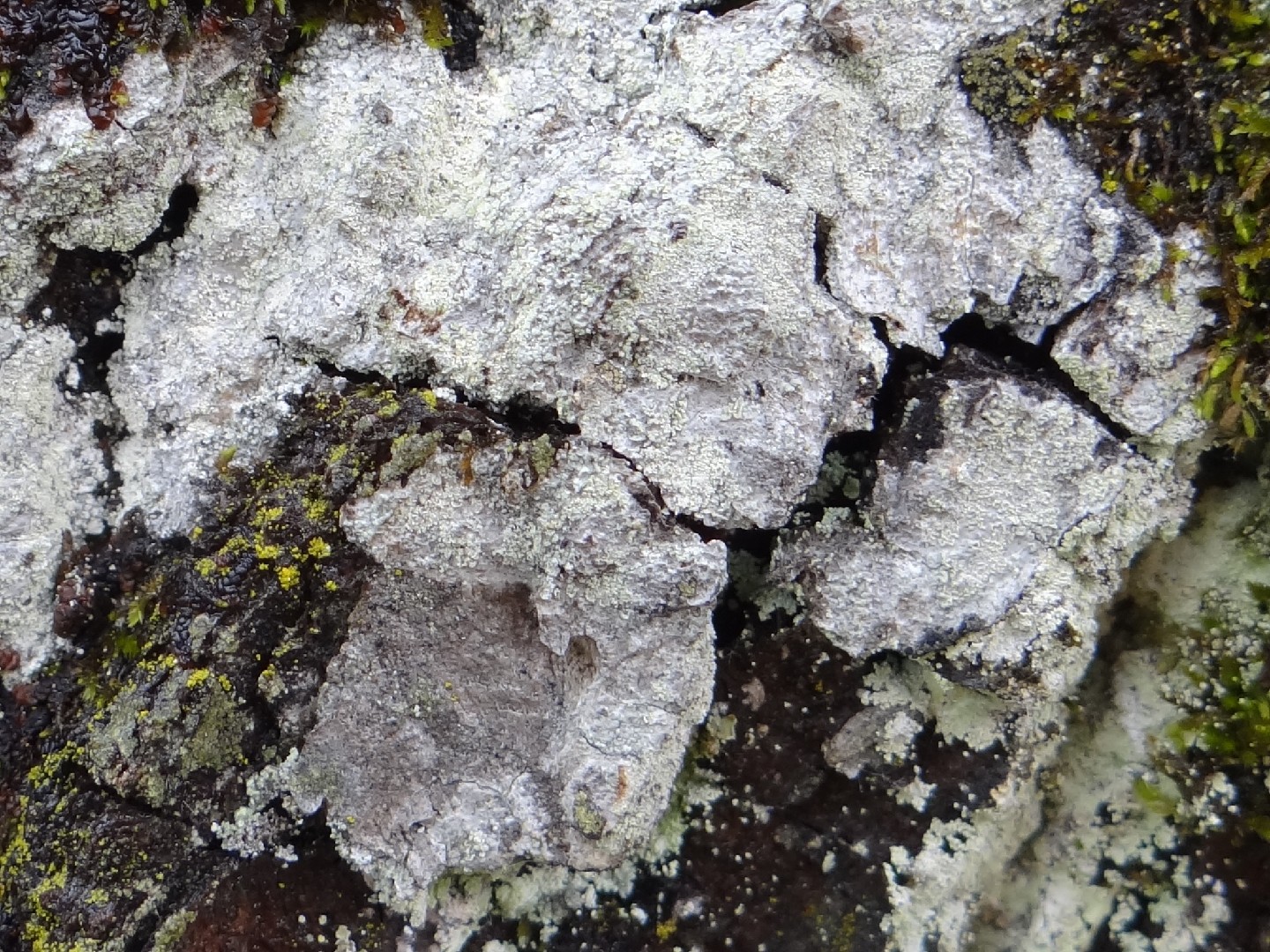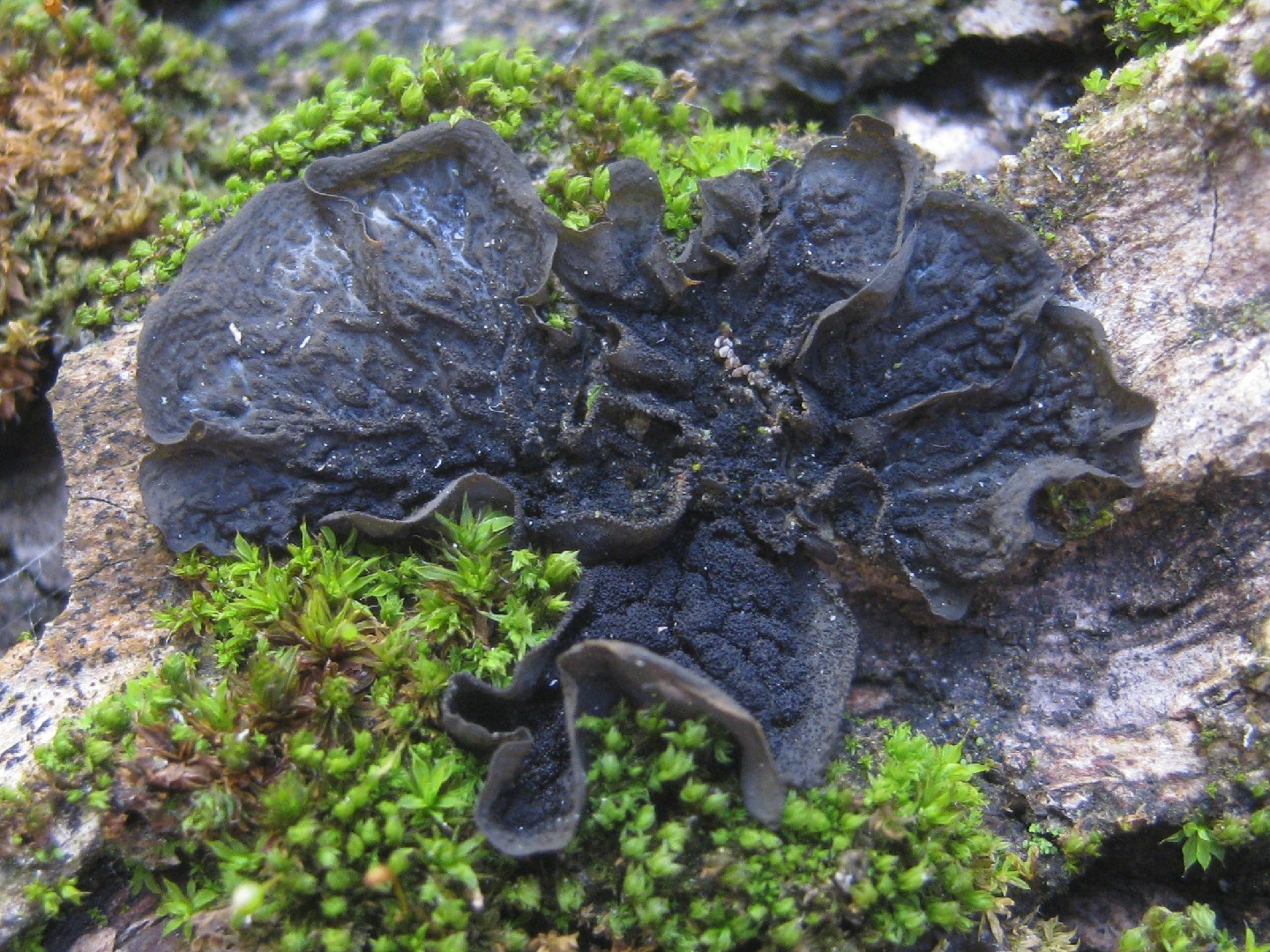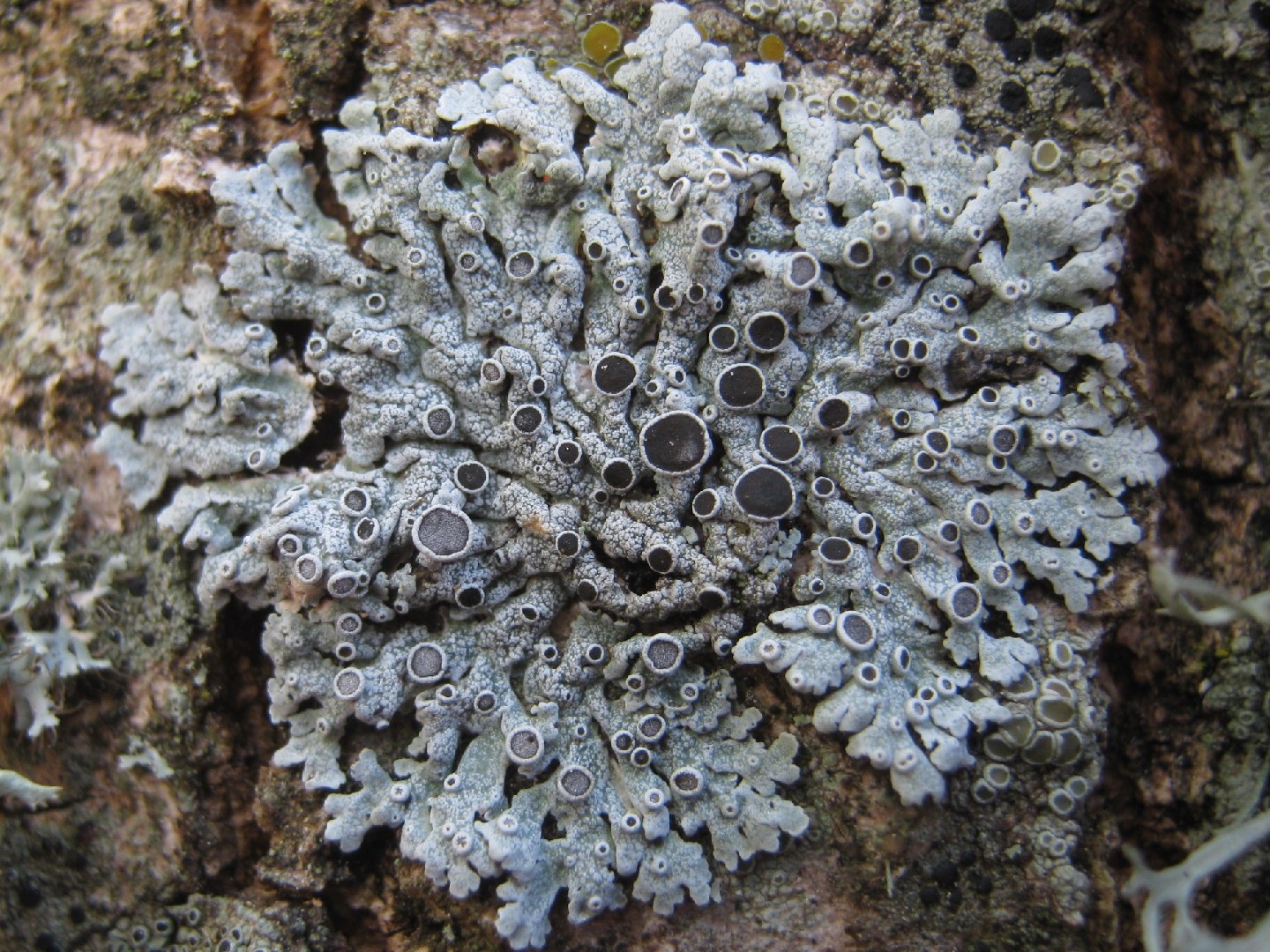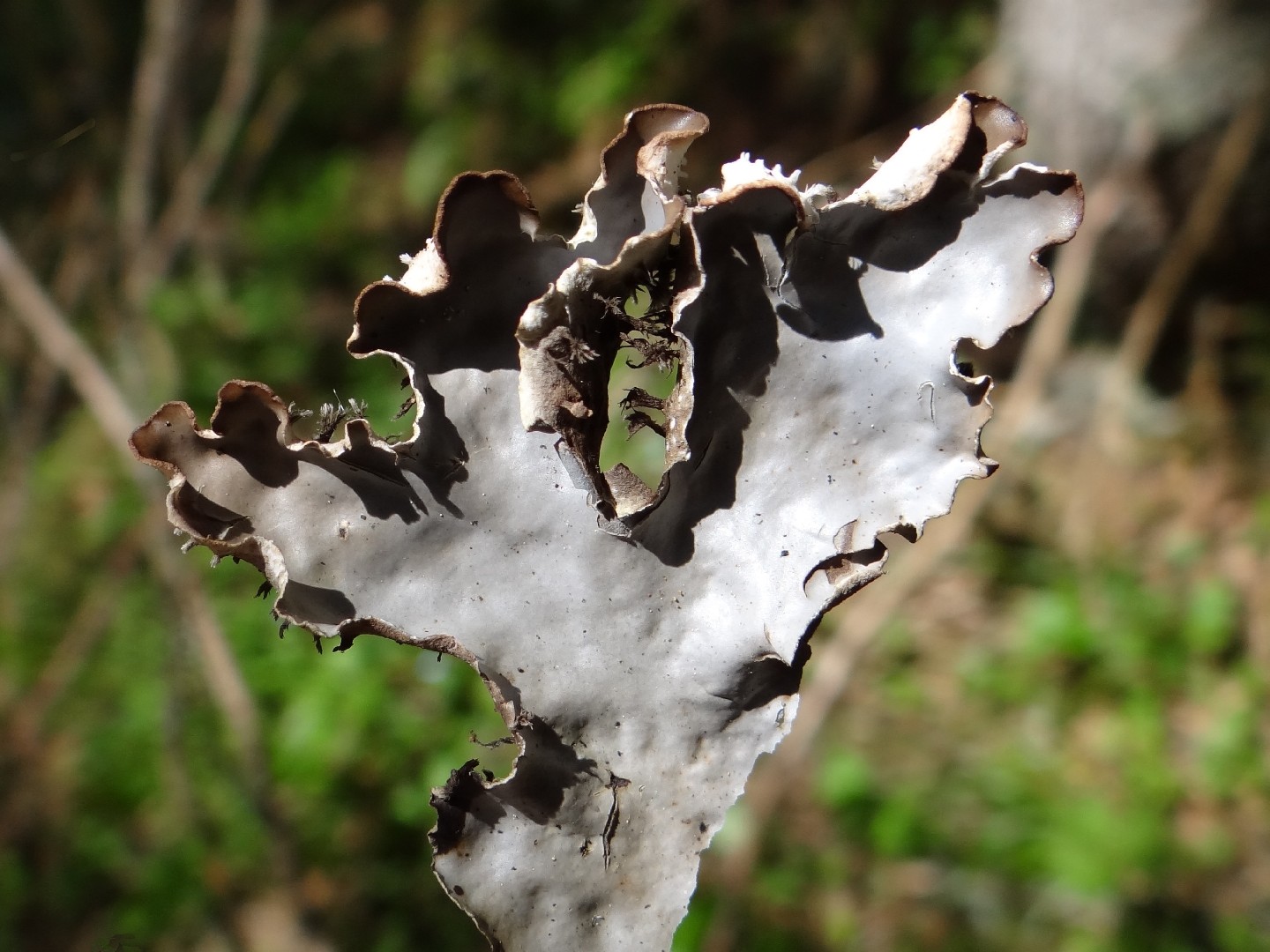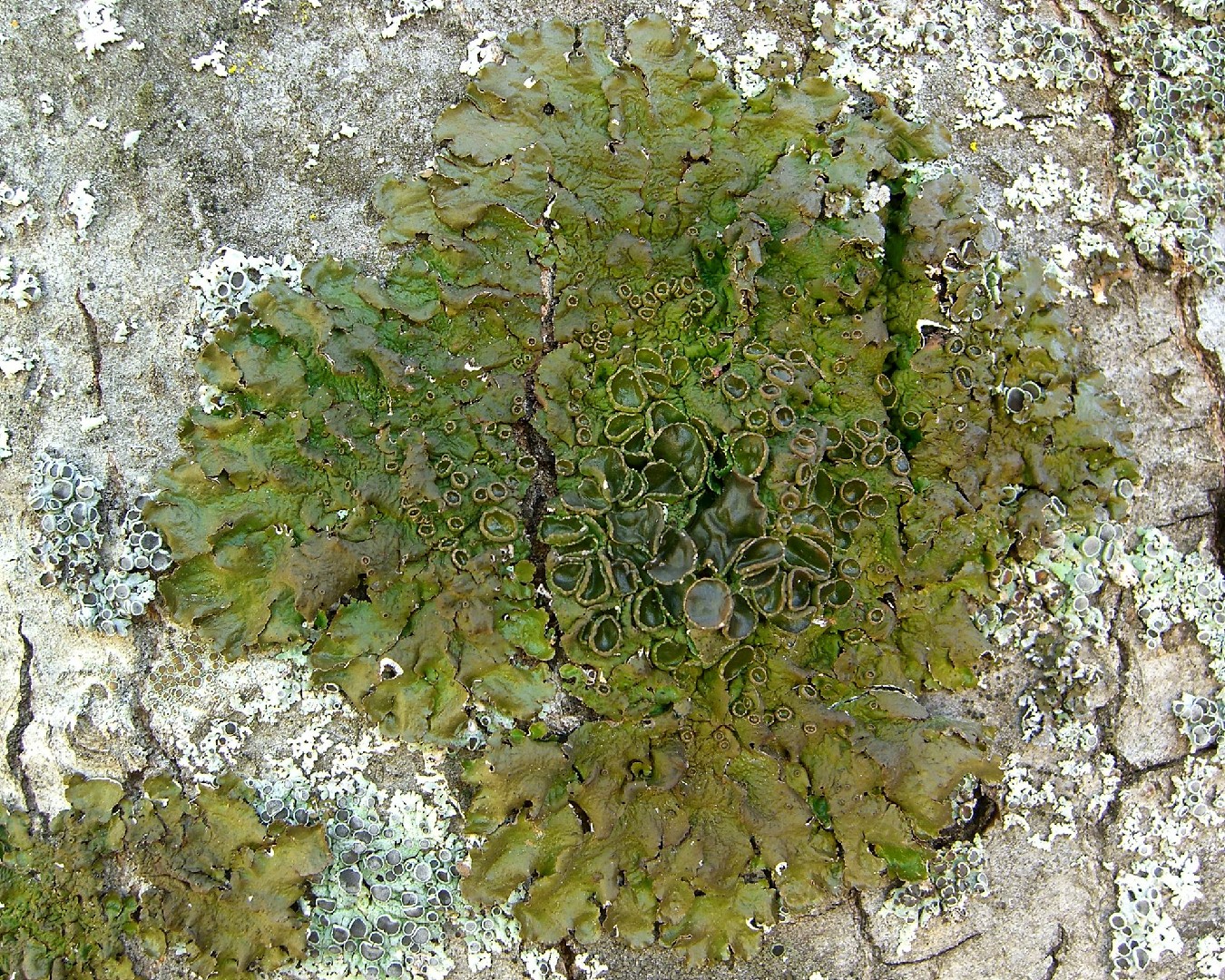Top 20 Most Common Mushrooms in Albenga
In the heart of the verdant region of Albenga, splendid array of fungi flourish, blurring the line between nature and gastronomy. This land teems with 20 of the most common mushrooms, owing to its unique eco-climate and fertile soils. Albenga is indeed a mycological nirvana, nurturing an abundant variety of edible and whimsically shaped fungi. Take a guided journey through our collection, exploring the peculiar traits offered by this mushroom paradise.
Most Common Mushrooms
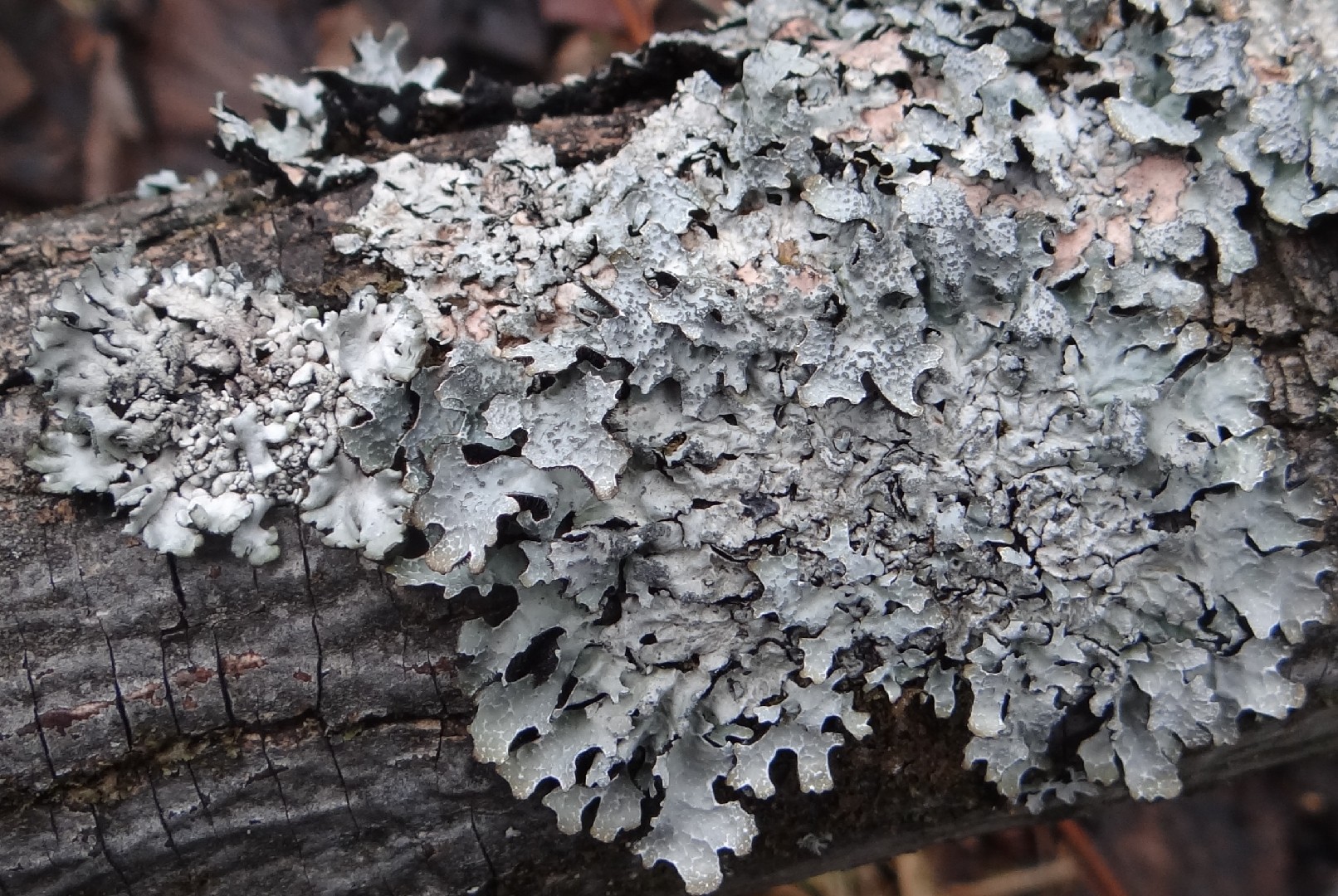
1. Hammered shield lichen
Hammered shield lichen is noted for its pollution tolerance. It is a widespread grey flat lichen that is mostly found upon tree bark and occasionally rocks. Hammered shield lichen is named for the depressions within the lobe which give it a hammered appearance.
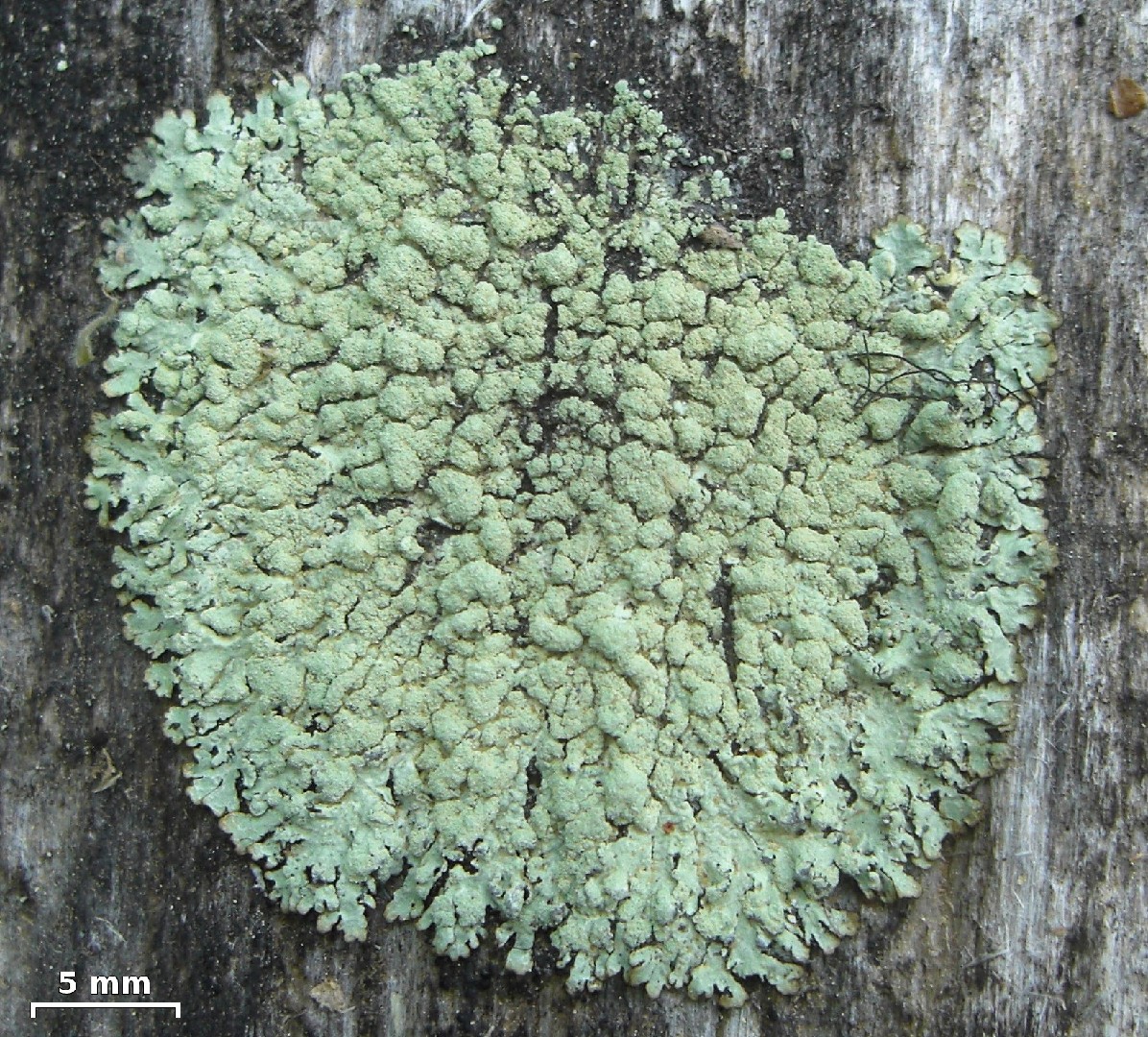
2. Green starburst lichen
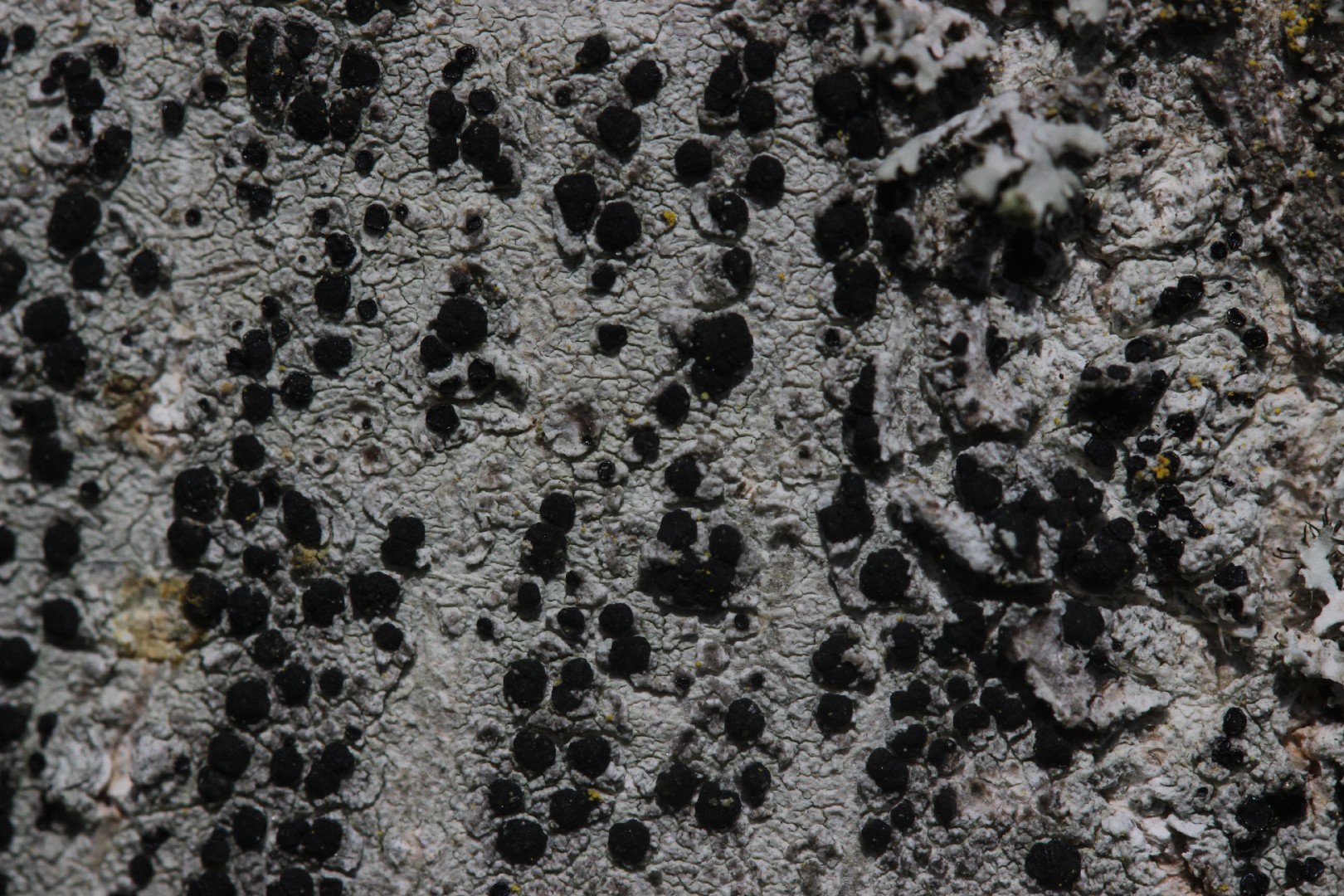
3. Lecidella lichen
Lecidella elaeochroma is a crust lichen, which means that its stock (Thallus) lies closely on the surface. The camp is whitish, gray, gray-green, olive or yellowish. Often it is also damaged by snail-eating and then greenish. The structure of the camp is smooth to grainy. Often it is weakly glossy or even limited by a black submission. The camp can sometimes be sorediös dissolved. It reaches diameter of 1 to 3 cm. The apothecia reach between 0.4 and 1.0 mm in diameter. Their discs are black to dark reddish brown and very rarely frosted. The Apotheciens are flat to strongly arched and can be deformed. Its edge is black and smooth. Overall, the appearance of this lichens is very rich in form.
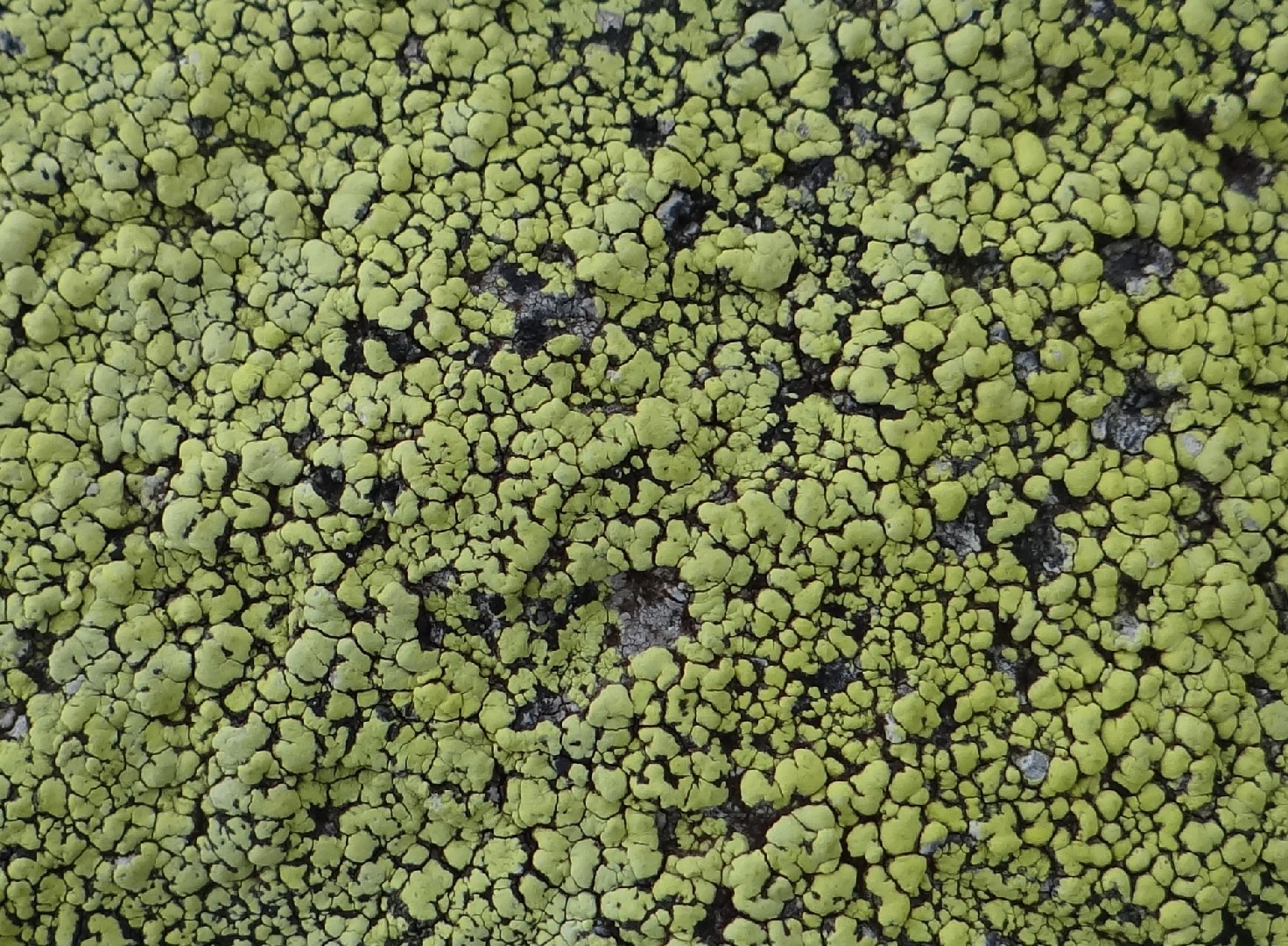
4. Map lichen
The map lichen is a crust lichen, the thallus lies close to the ground or grows through it. The species is bright yellow to olive green. It can cover large areas on stones. The lichen is divided into small angular fields, which are separated by a black border and pull through the lichen body. At the edge of the fields black edged fruiting bodies are sunk. The appearance of this structure is reminiscent of geographically separated areas on a map. Like many lichens, it has extremely slow growth. It grows depending on the location per year only 0.25-0.6 mm radially outward. It can reach an age of over 1,000 years and can be used to date the decline of glaciers. If the growth rate at a location is known, the last ice cover can be calculated from the largest specimens.
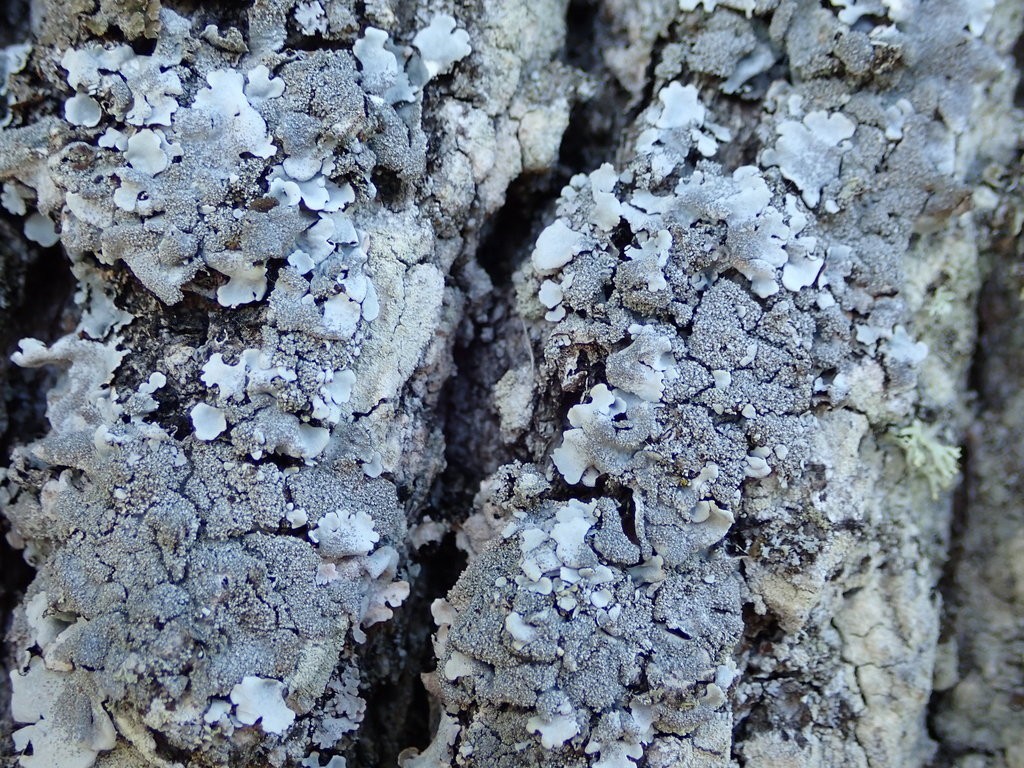
5. Parmelina tiliacea
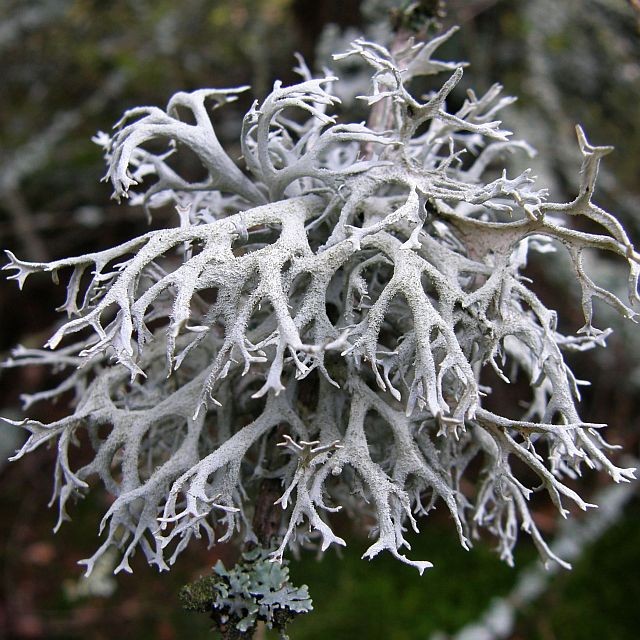
6. Tree moss
Pseudevernia furfuracea is associated with photobionts from the green algae genus Trebouxia. It reproduces asexually by isidia. The ontogeny of isidia development and its role in CO2 gas exchange in P. furfuracea has been investigated. The preferred growing surfaces for P. furfuracea are the so-called "nutrient poor" bark trees, including birch, pine and spruce. The species has two morphologically identical varieties that are distinguished by the secondary metabolites they produce: var. ceratea Zopf. produces olivetoric acid and other physodic acids, while var. furfuracea produces physodic but not olivetoric acid. Some authors (e.g., Hale 1968) have separated the chemotypes at the species level, designating the olivetoric acid-containing specimens as Pseudevernia olivetorina, but more recent literature separates them at the varietal level. 
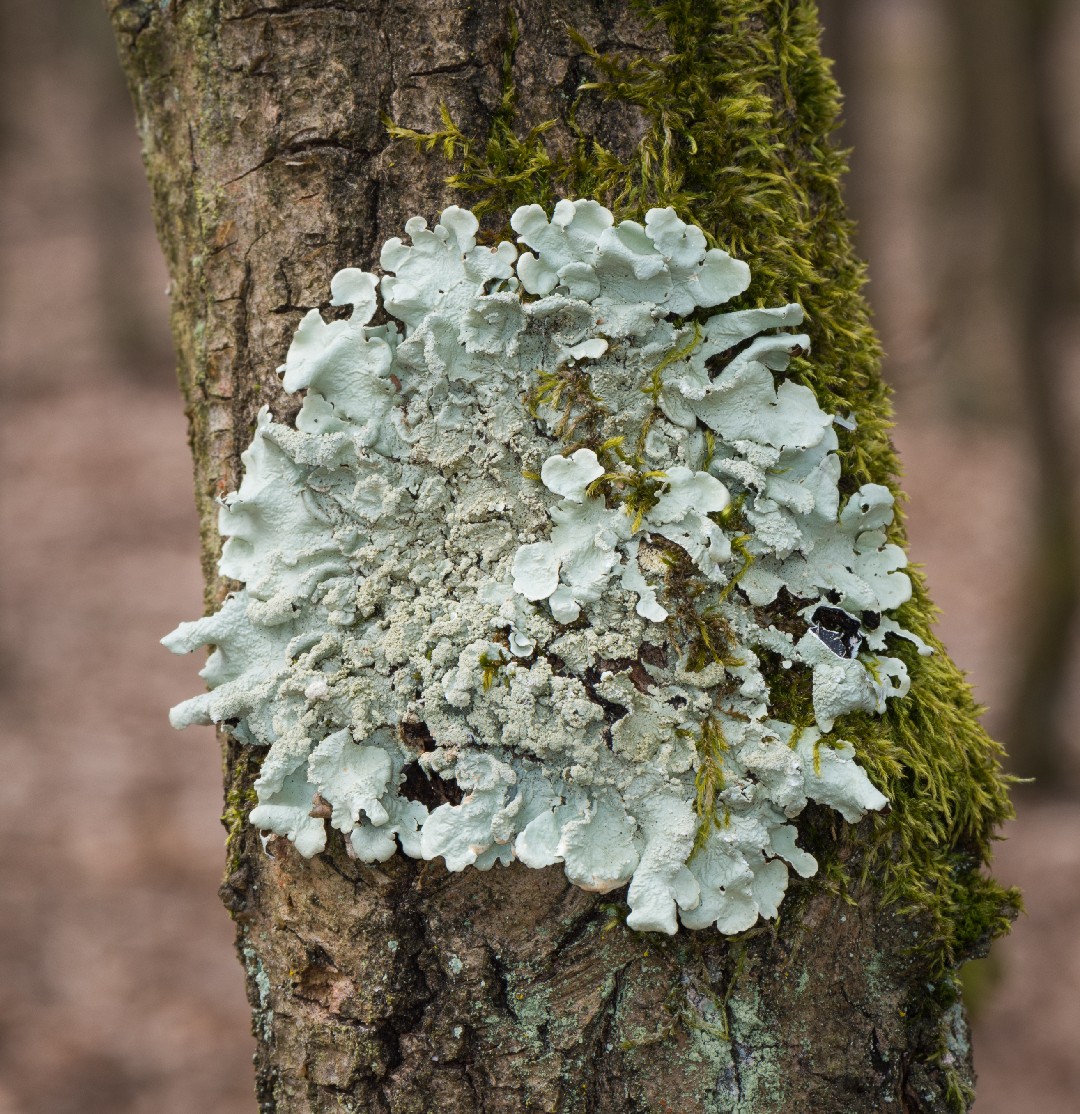
7. Common greenshield lichen
The common greenshield lichen is a familiar species in temperate forests around the world. It can be found growing on rock outcroppings and trees in a wide variety of habitats. Individuals can grow to be quite large and may be gregarious, forming large mats or sheets on suitable surfaces. Like other lichens, the common greenshield lichen will shrivel and harden when moisture is scarce.

8. Pebbled pixie lichen
The species inhabits soil, humus, rotten wood, but also rocks and dry rocks. It is a common and common lichen throughout Europe. In general, the true cup lichen is one of the most common species of the genus Cladonia.
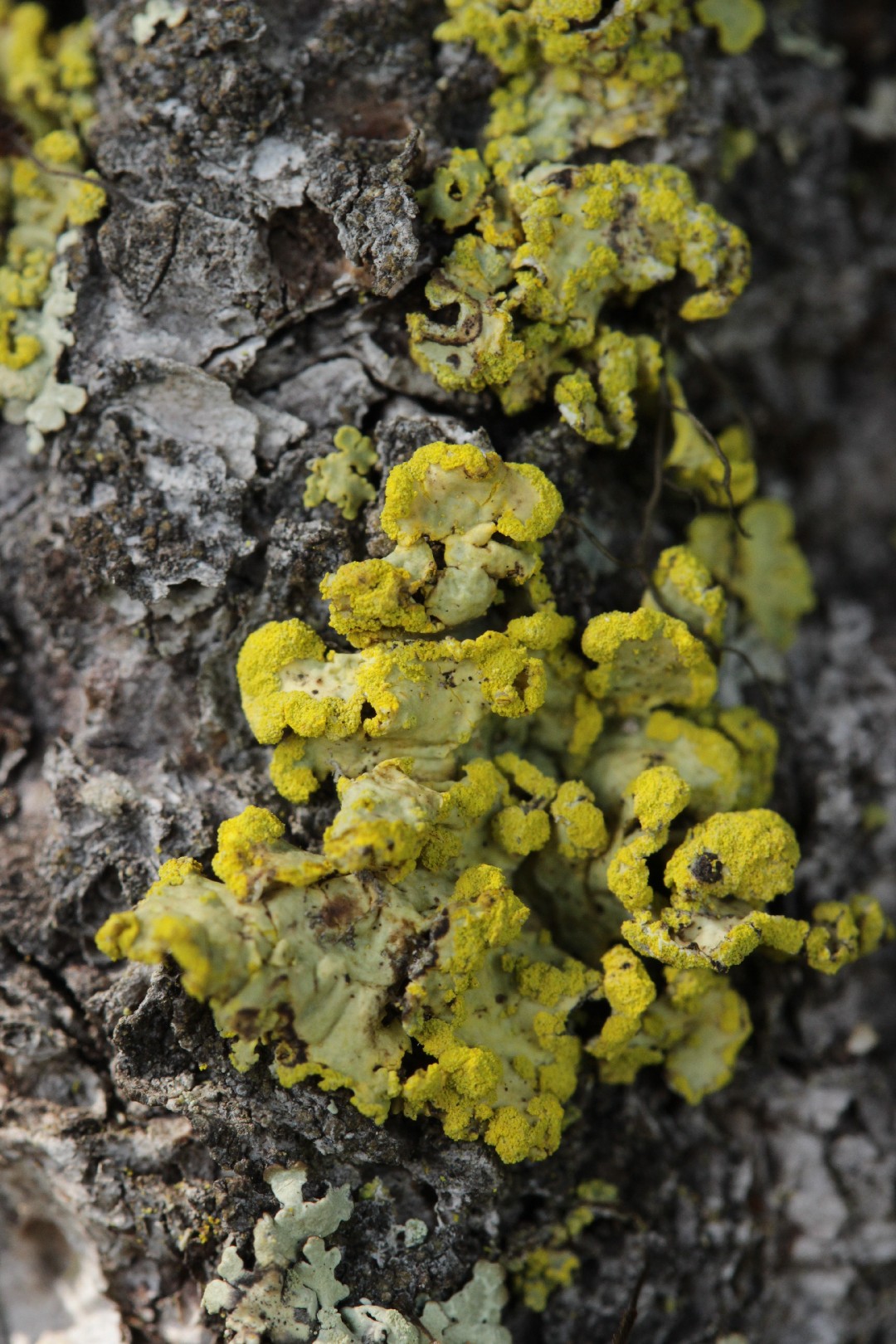
9. Powdered sunshine lichen
Vulpicida pinastri usually has few, broad, irregular lobes whose edges are lined with yellow Bortensoralen. On the underside, the lichen is pale yellowish with few rhizins. Fruit bodies (Apotheciens) are very rarely trained and then have a brown disc with bearing edge. The unicellular spores are ellipsoidal to almost spherical. The yellow color is caused by the highly toxic vulpinic acid in the marrow, which probably serves as a feeding protection against snails.
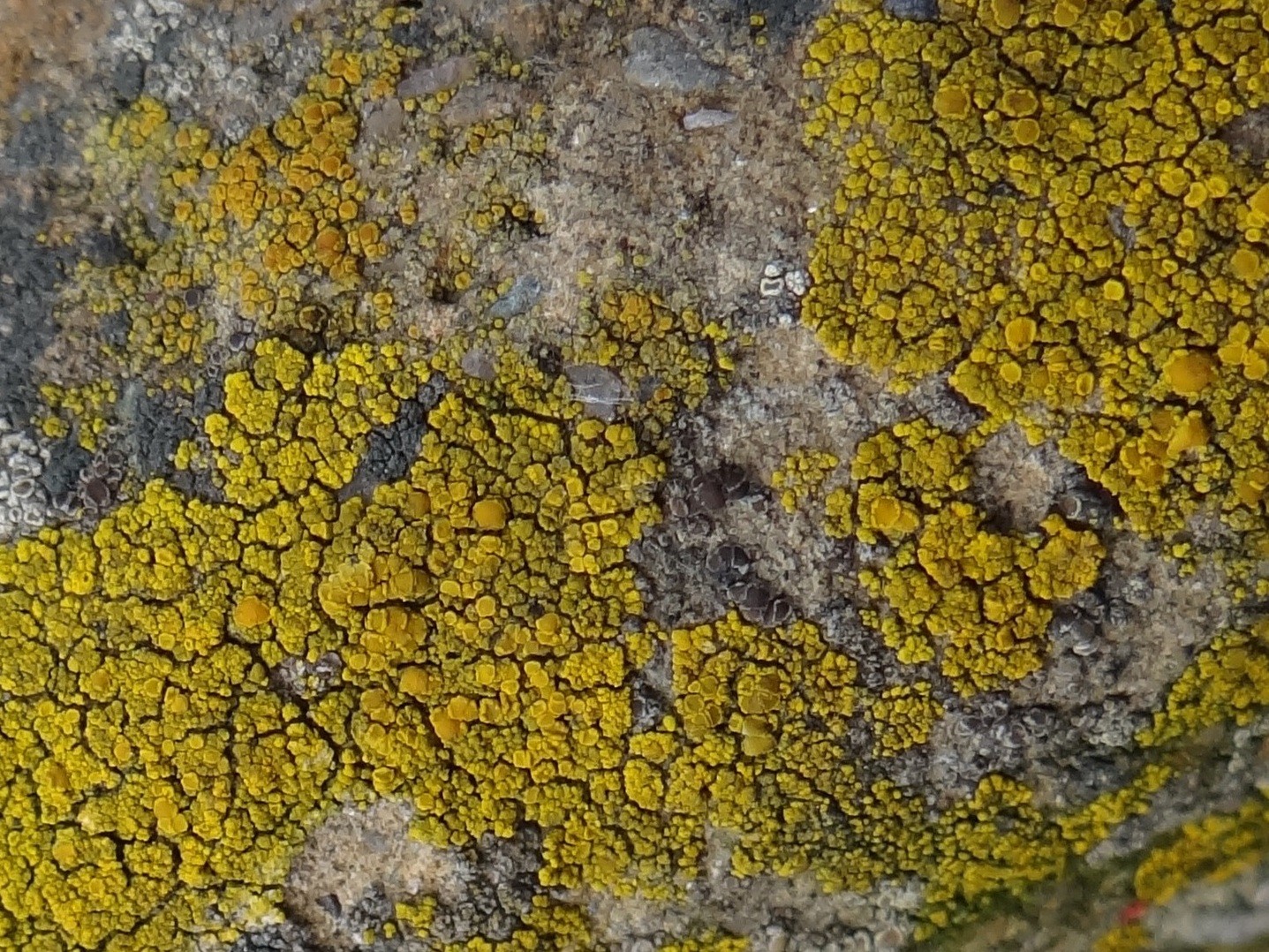
10. Common goldspeck
More
